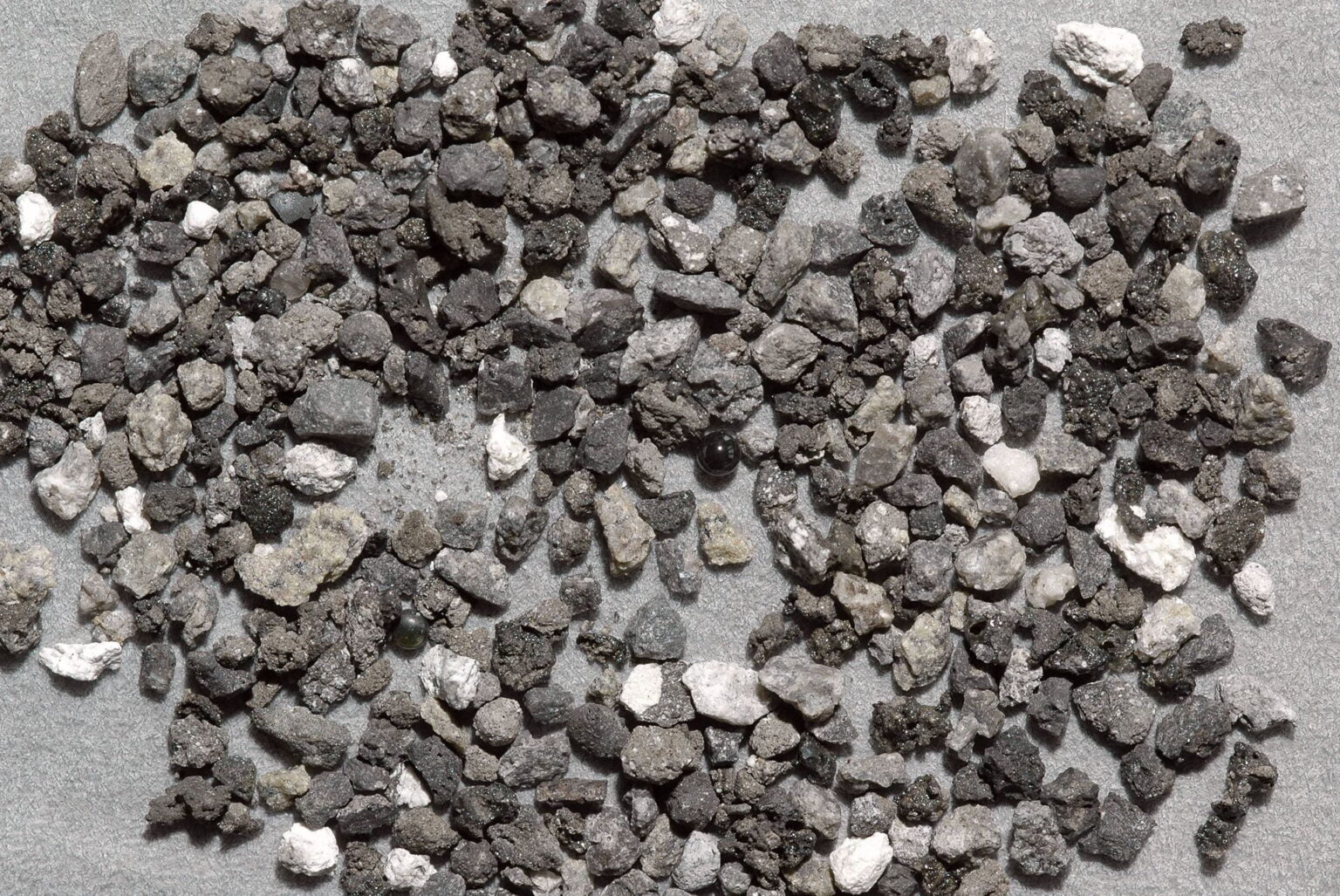The European Space Agency is creating a unique testing ground for lunar landers. Scientists are striving to create a test center that will reproduce the surface conditions of the Earth’s natural moon as much as possible.

Creation of space test sites
Testing interplanetary landers means putting them in conditions as close as possible to their destination. Rovers operating on the red planet are often tested in the “Mars Yard” at NASA’s Jet Propulsion Laboratory in Southern California, and now ESA is aiming to build a similar test bed for the Moon. They are mining a material in Greenland known as anorthosite to create the largest space test site.
As part of this amazing project, the European Space Agency has partnered with Lumina Sustainable Materials to provide rock samples similar to materials found on the Moon. The ESA international team has facilities that are part of the agency’s preparation for long-term human and robot flights.
“Regolith” from Greenland
The exploration of the Moon’s surface is associated with many problems. One of them is that the fine powdery nature of the lunar surface makes it difficult to move and also clogs the moving parts of the landers. It is planned to develop a test bed at the German aerospace center LUNA to recreate the fine dust covering the surface of the Earth’s moon.
The team plans to develop a 700-square-meter site that will reproduce the surface of the lunar “seas”. The second smaller site will simulate the lunar highlands. This will require about 20 tons of anorthosite, a light-colored igneous rock. A unique material extraction technology has also been developed that does not involve any chemical processes and allows waste to be safely returned to the environment, supporting ESA’s sustainable development strategy.
Scientists had the opportunity to see firsthand how anorthosite was extracted and processed. This provided valuable insight into how to handle large volumes of dusty material. Drawing on the Lumina team’s experience, the research teams learned how to best control a dusty test site. The test centers for exploring the lunar surface should be operational during 2024, but the exact date has to be confirmed.
According to phys.org
Follow us on Twitter to get the most interesting space news in time
https://twitter.com/ust_magazine


